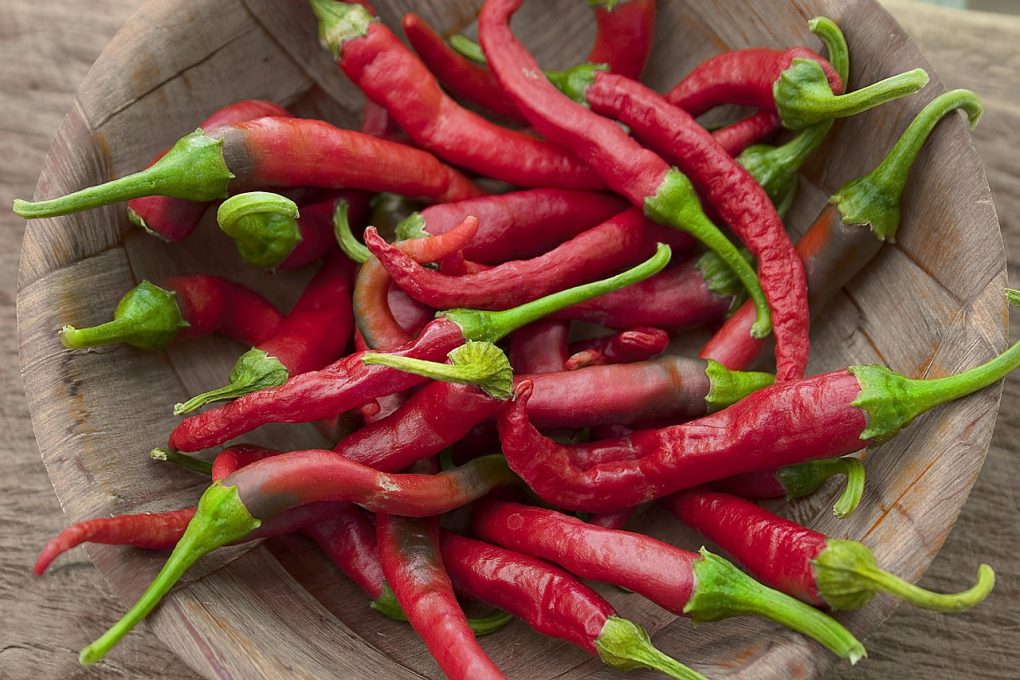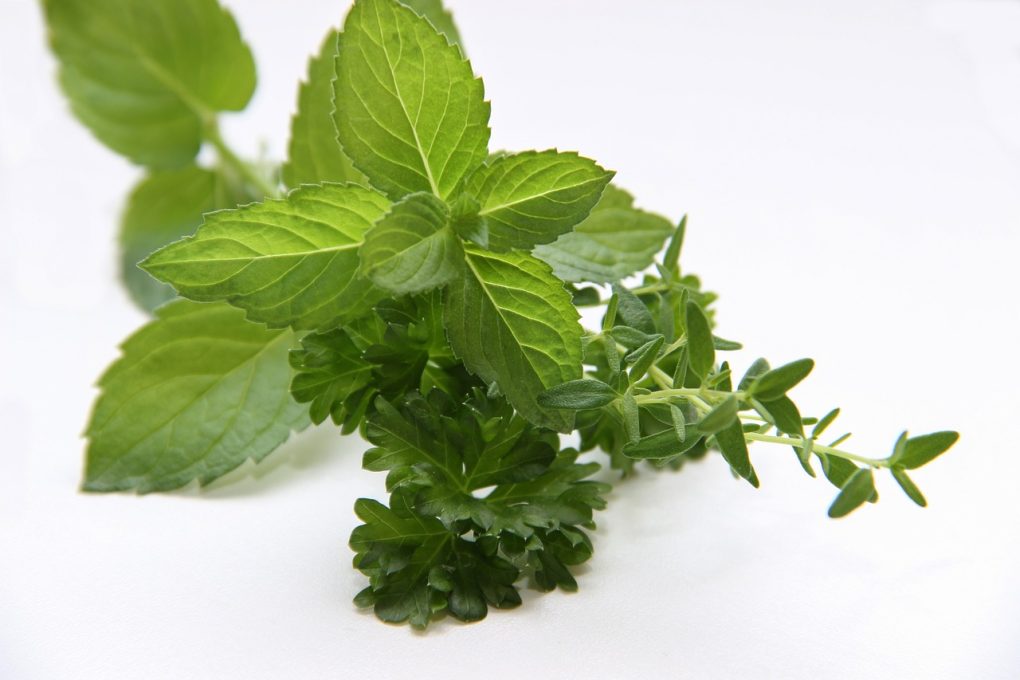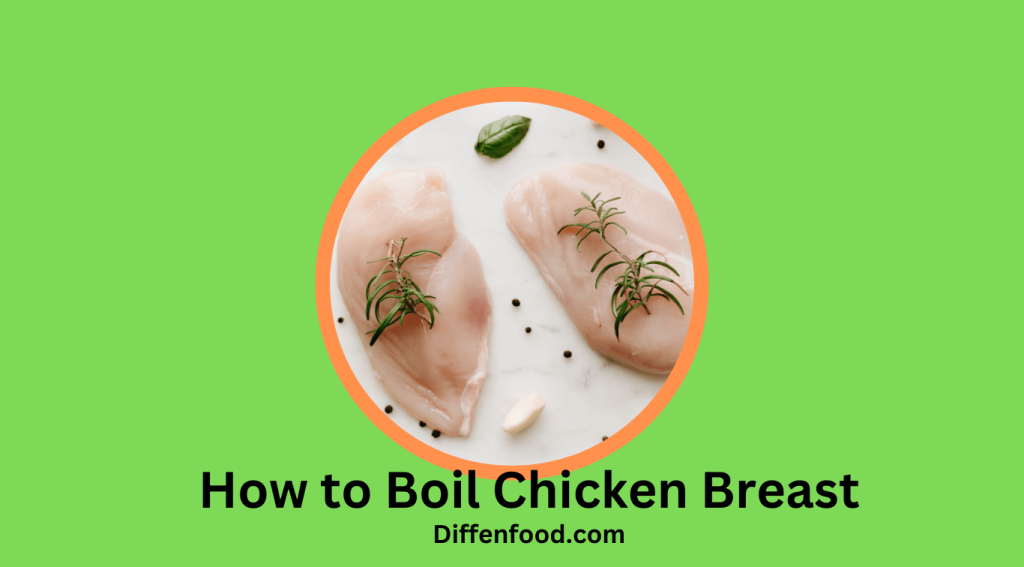
Frying food is an age-old cooking technique that has been used to prepare a range of dishes. However, when it comes to frying, there are two main methods: shallow fry and deep fry. This article will provide an in-depth comparison between shallow fry vs deep fry and the various factors involved.
What’s the Shallow Fry and Deep Fry?

Both methods of cooking have their own merits, but what are the differences between them? In shallow frying, you cook food in a pan with a small amount of oil that only covers part of the food. Deep frying is a cooking method that involves fully immersing food in hot oil.
Shallow frying is an easy and quick way to fry food. Because it requires only a small amount of oil, shallow frying is considered relatively healthier than deep frying. In addition, shallow frying keeps the food more moist as it spreads the heat over a larger surface area, allowing for even cooking. However, since shallow frying does not fully cover the food, the food may lose some of its flavor.
Deep frying is a popular cooking method as it produces crispy and crunchy food. The hot oil completely seals the food, trapping all of the flavors inside. As a result, the food maintains its flavor and texture. On the downside, deep frying requires a large amount of oil, making it less healthy than shallow frying. Additionally, if the oil is not hot enough, the food will absorb too much oil and become greasy.
Oil Depth: Shallow Fry Vs Deep Fry

Oil Depth
Shallow frying and deep frying are involve the use of oil, with shallow frying generally using less oil than deep frying. The difference in oil depths has a large effect on the final product, making it important to understand the differences between these two methods.
Shallow frying involves cooking food in a shallow layer of oil, typically no more than an inch deep. This method is great for cooking smaller cuts of meats, vegetables, and seafoods. The oil temperature is usually kept below 300 degrees Fahrenheit, which creates a crispier, lighter texture on the food. Additionally, this method of cooking uses less oil than deep frying.
On the other hand, deep frying involves submerging food in a deep layer of hot oil, usually at least two inches deep. This method is great for creating crispy and crunchy foods like french fries and fried chicken. Since the oil is much hotter, the food cooks faster, resulting in a juicier interior and a more flavorful exterior. Deep frying also requires more oil than shallow frying, but the use of an oil filter or fryer can offset this.
Overall, the decision between shallow frying and deep frying is based on personal preference and the type of food being cooked. Although deep frying results in a juicier product and requires more oil, many people prefer the light and crispy texture of food cooked through shallow frying. No matter which method you choose, both shallow frying and deep frying can create delicious meals.
Cooking Time: Shallow Fry Vs Deep Fry
One of their differences is the cooking time.
Shallow frying is a quick and straightforward process. You can do this method in minutes with very little oil required. The food is cooked at a lower temperature than deep frying, meaning the food does not need to stay in the oil for as long. The type of oil used in shallow frying also affects the cooking time.
Deep frying takes longer due to the high temperatures required. This method needs more oil and should be done in batches so the oil temperature doesn’t drop too much. The type of oil used in deep frying is also an important factor. Some oils have higher temperature tolerances than others, allowing food to cook faster.
Food Texture: Shallow Fry Vs Deep Fry

While both methods of frying are similar in the sense that they use oil to cook food, there are significant differences between shallow frying and deep frying when it comes to food texture.
Shallow frying involves pan-frying food in just enough oil to cover the surface. Using this method, you can cook the food evenly to create a crispy outer layer and a moist interior. Deep frying, on the other hand, requires submerging food in hot oil. This cooks the food quickly, creating a distinct crunchy outer layer.
The type of oil used and the cooking temperature also affect the texture of the food. When shallow frying, use a light oil such as olive or vegetable oil at a lower temperature to prevent the food from burning. On the other hand, for deep frying, you should use a heavier oil such as peanut or canola oil at a higher temperature. When deep frying food at a higher temperature, it results in a crispier outer layer.
Health Considerations: Shallow Fry Vs Deep Fry
Both methods can produce tasty and succulent dishes, but it is important to consider the health aspects of each style of cooking. This article will take a look at the health benefits and drawbacks of shallow fry versus deep fry, as well as how the amount of oil used affects the nutritional value of the food.
When it comes to the health considerations of shallow fry versus deep fry, shallow frying requires less oil than deep frying. This means that the amount of fat consumed is drastically reduced. As it does not submerge ingredients in boiling oil, shallow frying also preserves the natural nutrients of the food. On the other hand, deep frying requires a large amount of oil, which adds extra fat and calories to the dish. Additionally, the heat used to deep fry an item can destroy some of its nutritional value.
The amount of oil used when deep or shallow frying has a direct effect on the nutritional value of the food. Using a large amount of oil in shallow frying can diminish the nutritional value of the food by adding excessive fat and calories. However, if too little oil is used in deep frying, the food may become dry or overcooked. Therefore, it is important to use the appropriate amount of oil for either method to ensure that the final product is both tasty and nutritious.
Best Oil for Frying: Shallow Fry Vs Deep Fry

Overview of Different Types of Oil Used for Frying
You can use various types of oil for frying, including canola, vegetable, peanut, and olive oil. Each oil has its own unique characteristics and benefits, and they all vary in terms of flavor, smoke point, and nutrition. Canola oil is a popular choice due to its high smoke point and mild flavor. Vegetable oil is also widely used because it is inexpensive and has a neutral flavor. Peanut oil has a high smoke point and a nutty flavor, making it ideal for deep frying. Olive oil is a healthier option, as it is high in healthy fats and antioxidants.
Comparison: Which OilsBest Suited for Shallow Frying and Deep Frying
When it comes to shallow frying, it is best to use an oil with a lower smoke point, such as olive oil. This will prevent the food from becoming too brown and burned. For deep frying, it is best to use an oil with a higher smoke point, such as peanut or vegetable oil. These oils can withstand higher temperatures and will help to keep the food crispy and flavorful.
Discussion of How the Choice of Oil Can Affect the Taste and Nutritional Value of the Food
The type of oil used for frying can have a major impact on the taste and nutritional value of the food. Olive oil has a lower smoke point, but it is high in healthy fats and antioxidants. On the other hand, peanut and vegetable oils have a higher smoke point, but they are not as nutritious. In addition, the flavor of the oil can affect the taste of the food. For example, peanut oil has a nutty flavor that can enhance the flavor of fried foods.
Healthiest Way to Fry Food

Frying food has been a popular cooking method for centuries and is still widely used today. There are two main methods, shallow frying and deep frying, and each has its own benefits and drawbacks. Shallow frying requires less oil than deep frying, and often results in a crispier texture. However, deep frying yields a more even cook with a softer texture.
When choosing between shallow fry vs deep fry, it is important to consider the health implications of each. Reducing the amount of oil used in either method can have significant health benefits. To reduce the amount of oil needed when shallow frying, cover the food with a lid while it cooks. This will help to prevent the oil from splashing, reducing the amount of oil needed. When deep frying, reducing the temperature of the oil can also reduce the amount of oil used.
There are other cooking methods available that can achieve similar results to shallow or deep frying. Poaching is a lower calorie cooking method that can yield a similar texture to shallow frying. Baking and roasting are also healthier cooking methods that can produce a crispy texture. Grilling is another healthy alternative that can produce a similar texture to deep frying.
Conclusion
In conclusion, To summarize, both shallow frying and deep frying are cooking techniques that can produce delicious dishes. Shallow frying is more suitable for smaller pieces of food and uses less oil than deep frying. Deep frying is better for larger pieces of food and provides a crispier texture.
When it comes to choosing the best oil for frying, vegetable and peanut oils are the most popular options. Ultimately, the healthiest way to fry food is to use a minimal amount of oil. Depending on your cooking goals, either shallow or deep frying will work.
FAQ
Shallow frying is a cooking method that involves cooking food in a small amount of oil, typically about 1/4 inch deep.
Deep frying is a cooking method that involves submerging food in hot oil, typically at least 1-2 inches deep.
Shallow frying uses less oil, making it a healthier option, and it allows the food to cook evenly and quickly.
Deep frying creates a crispy outer layer while keeping the inside moist, and it can be used to cook a variety of foods quickly.
Deep frying can be unhealthy if the oil is not changed frequently or if the food is heavily breaded or battered, leading to excess oil absorption.





